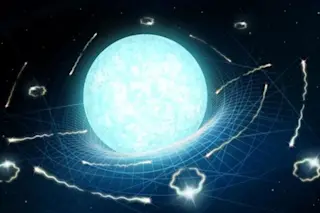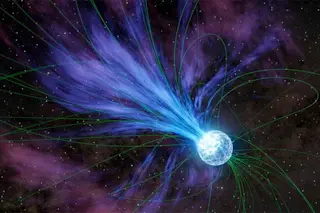Albert Einstein—creator of relativity, godfather of quantum physics, bender of space and time—had a little problem that dogged him all his career: lack of vision.
It may seem an unlikely charge to levy against the greatest scientific visionary of modern times, but even Einstein had his limits. Despite the extraordinary intuitive leaps he made, he often found himself unable to see what lay beyond his basic insights. As a result, many of the most stunning ideas associated with the theory of relativity were developed not by Einstein but by other scientists interpreting his work. In quantum physics, too, Einstein set out the fundamental concepts but initially failed to recognize where they would lead. And in his final, grandest search for a theory that unified all of physics, he simply never moved far enough beyond the math and science he had learned during his student years.
More surprising, Einstein resisted the ...













